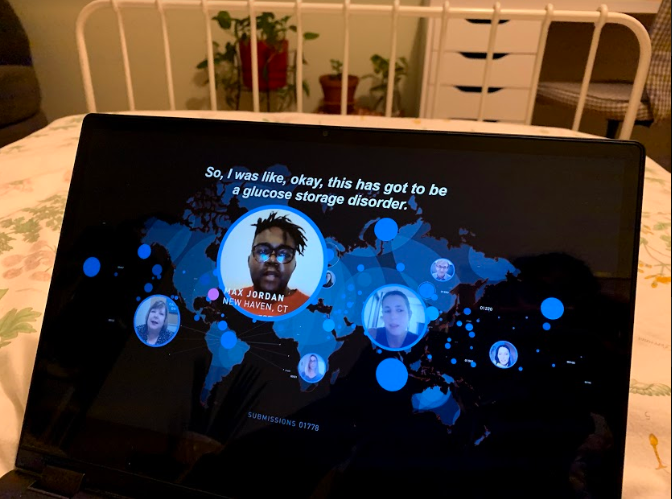“Diagnosis”
Netflix series presents a twist
DIAGNOSIS. In the new Netflix series, Diagnosis gives a glimpse of medicine’s future. Inspired by The New York Times, the series introduces the public to the age-old idea of undiagnosable patients, which adds quality to the series.
A woman and a man are both paralyzed, eager for answers. A teenager is unable to keep her food down, wanting her life to go back to normal. A little girl suffers from incessant seizures, yearning to go back to school. The aforementioned anecdotes are not from a stereotypical medical drama. They form the most intriguing cases in the Netflix Original Diagnosis, an unexpectedly binge-watchable docuseries.
The concept itself, however, is not a Netflix “Original.” The show stems from the New York Times Magazine column “Diagnosis” by Dr. Lisa Sanders. Sanders is a physician and professor at Yale University, along with being a consultant for the show House. In her column, Sanders writes about patients with puzzling symptoms and how they found their diagnosis.
In Diagnosis, there is a twist. Sanders features a patient in each episode who has not yet arrived at a medical diagnosis for their strange symptoms. They all hope for an answer to the resounding question: “Doctor, what is wrong with me?”
And, in this case, the people answer.
Sanders presents each patient’s case to the masses through The New York Times, imploring the public to submit videos on their take on the case. The patient is met with thousands of responses from all over the world, hoping to find the key to their illness.
The introduction of the public to the age-old idea of undiagnosable patients is what adds quality to the series. The patient is not isolated. Whether they land on a diagnosis or not, they have a community of people around the world supporting them through their journey. It’s heartwarming, inspiring even.
Plus, the diversity of patients throughout the series keeps things interesting. The different ages and demographics give the viewer insight into the intricacies of medicine: how certain patients are treated, how diseases progress, how the cost of care affects someone’s diagnosis.
But, perhaps the most enticing part of this series is the glimpse it provides to medicine’s future. The New York Times provided a platform for the public to weigh in, to make a difference in the life of someone across the world. If they can do that, what else can they do?
Your donation will support the student journalists of Sycamore High School. Your contribution will allow us to purchase equipment and cover our annual website hosting costs.







